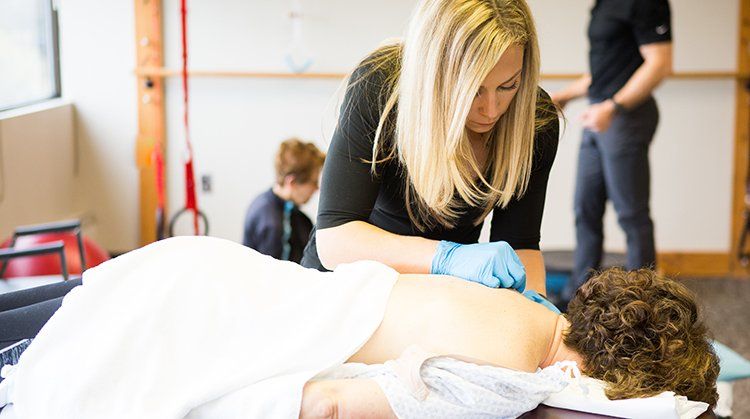
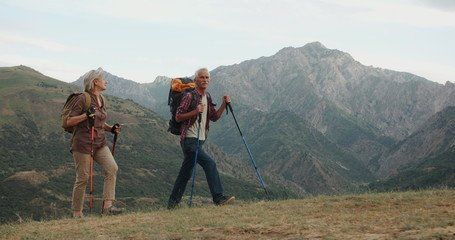


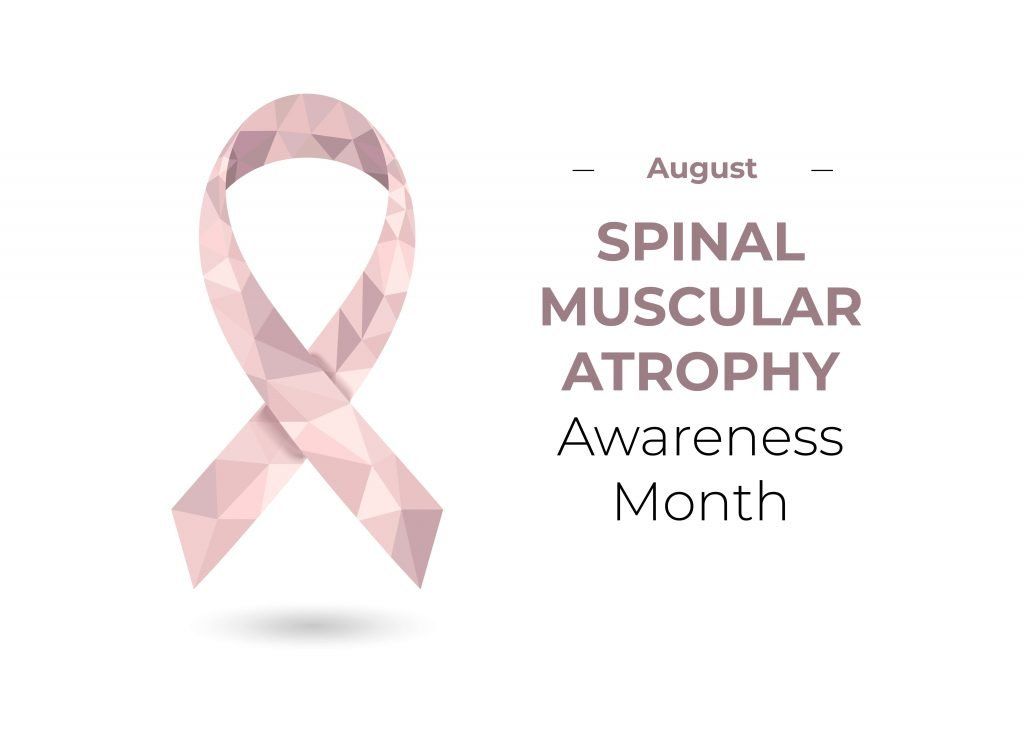
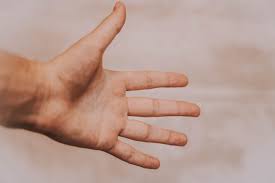

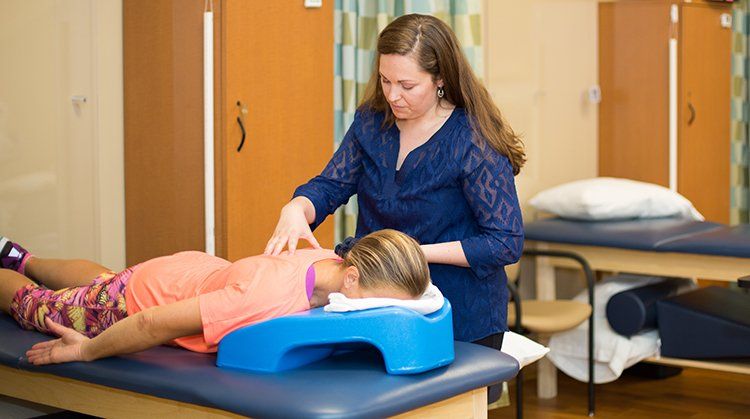
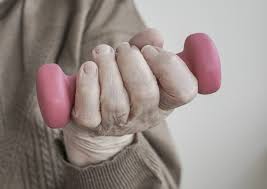
Physical Therapist's Guide to Calf Strain
A calf strain is an injury to the muscles in the calf area (the back of the lower leg below the knee). The calf muscle is actually composed of up to 9 separate muscles, any of which can be injured individually or together. Calf strains can occur during hi-speed motions like running and jumping, or from any type of forceful or uncoordinated movement. Calf strains are a well-known problem for runners, soccer and basketball players, gymnasts, and dancers. Although global statistics are sparse, one 8-year study of professional soccer players revealed a 13% calf-strain injury rate. Advancing age can increase the vulnerability of the calf to injury and strain with less forceful movements. Physical therapists treat individuals with calf strains by reducing pain, restoring muscle strength and flexibility, and increasing their recovery speed.
What is a Calf Strain?
The “calf muscle” consists of 9 different muscles. The gastrocnemius, soleus, and plantaris muscles attach onto the heel bone, and work together to produce the downward motion of the foot. The other 6 muscles cause knee, toe, and foot movements in different directions; these muscles are the popliteus, flexor digitorum longus, flexor hallucis longus, tibialis posterior, and the fibularis (or peroneal) longus and brevis. They extend from the lower leg bones around the sides of the ankle and attach to various parts of the foot and toes. Injuries to these 6 muscles are sometimes wrongly attributed to the first 3 muscles mentioned here, as the pain is felt in similar areas of the calf.
A calf strain is caused by overstretching or tearing any of the 9 muscles of the calf. Calf strains can occur suddenly or slowly over time, and activities, such as walking, climbing stairs, or running can be painful, difficult, or impossible.
A muscle strain is graded according to the amount of muscle damage that has occurred:
When muscles are strained or torn, muscle fibers and other cells are disrupted and bleeding occurs, which causes bruising. Within a few hours of the injury, swelling can occur, causing the injured area to expand and feel tight and stiff.
After a severe calf strain, bruising may also be seen around the ankle or foot, as gravity pulls the escaped blood toward the lower part of the leg.
How Does it Feel?
If you strain your calf muscles, you may feel:
Signs and Symptoms
With a calf strain, you may experience:
How Is It Diagnosed?
If you see your physical therapist first, your physical therapist will conduct a thorough evaluation that includes taking your health history. Your physical therapist will ask you:
Your physical therapist will perform special tests to help determine whether you have a calf strain, such as:
Your physical therapist may use additional tests to assess possible damage to specific muscles of the lower leg.
In certain cases, your physical therapist may collaborate with an orthopedist or other health care provider. The orthopedist may order further tests, such as an x-ray or magnetic resonance imaging (MRI), to confirm the diagnosis and to rule out other potential damage. These tests, however, are not commonly required for a calf strain.
How Can a Physical Therapist Help?
Your physical therapist will design a specific treatment program to speed your recovery, including exercises and treatments that you can do at home to help you return to your normal lifestyle and activities.
The First 24 to 48 Hours
Your physical therapist may advise you to:
Treatment Plan
Your physical therapist will provide treatments to:
Reduce Pain. Your physical therapist can use different types of treatments and technologies to control and reduce your pain, including ice, heat, ultrasound, electricity, taping, exercises, heel lifts, and hands-on therapy, such as massage.
Improve Motion. Your physical therapist will choose specific activities and treatments to help restore normal movement in the knee and ankle. These might begin with "passive" motions that the physical therapist performs for you to gently move your knee and ankle, and progress to active exercises and stretches that you perform yourself to increase muscle flexibility.
Improve Strength. Certain exercises will benefit healing at each stage of recovery; your physical therapist will choose the appropriate exercises, and teach you how to safely and steadily restore your strength and agility. These may include using cuff weights, stretchy bands, weight-lifting equipment, and cardio exercise equipment, such as treadmills or stationary bicycles.
Speed Recovery Time. Your physical therapist is trained and experienced in choosing the right treatments and exercises to help you safely heal, return to your normal lifestyle, and reach your goals faster than you are likely to do on your own.
Return to Activities. Your physical therapist will collaborate with you to decide on your recovery goals, including your return to work or sport, and will design your treatment program to help you reach those goals in the safest, fastest, and most effective way possible. Your physical therapist will apply hands-on therapy, such as massage, and teach you exercises, work retraining activities, and sport-specific techniques and drills to help you achieve your goals.
Prevent Future Reinjury. Your physical therapist can recommend a home-exercise program to strengthen and stretch the muscles around your ankle and knee to help prevent future reinjury of your calf. These may include strength and flexibility exercises for the calf, toe, knee, and ankle muscles.
If Surgery Is Necessary
Surgery is rarely necessary in the case of calf strain, but if a calf muscle fully tears and requires surgical repair, your physical therapist will help you minimize pain, restore motion and strength, and return to normal activities in the safest and speediest manner possible after surgery.
Can this Injury or Condition be Prevented?
Calf strains can be prevented by:








